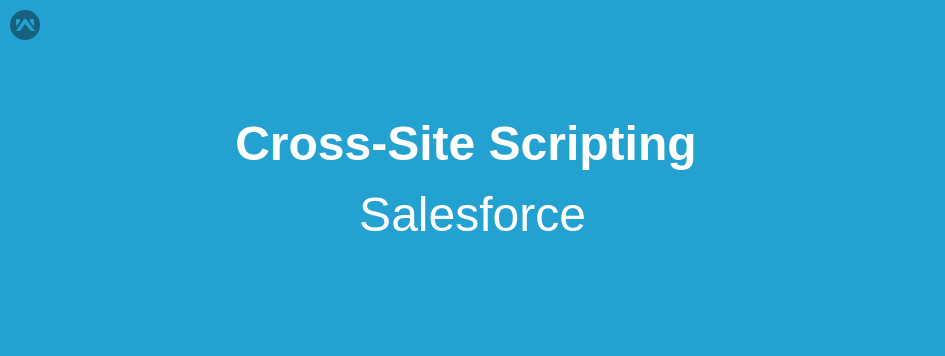What is Cross-Site Scripting?
In this blog, we will learn about cross-site scripting. Let’s start with what is cross-site scripting.
Cross-Site Scripting or XSS allows an attacker to destroy your existing project, or take advantage of it. XSS injection can be possible when there is a scope for the attacker to insert unauthorized JavaScript, VBScript, HTML, or other active content into a web page. It could provide the attacker any confidential data, which might cause loss of valuable information.
What are the Types of XSS Attacks
There are following types of XSS attacks:
Stored XSS : If we provide a platform to an end user, through which we can save information provided by them to the database. It gives the attacker an aperture to cause harm to our system and sneak some valuable information, making us vulnerable.
Reflected XSS : The malicious information sent through URL parameter, are reflected XSS.
DOM-based XSS : It refer to making changes in DOM at the client side. The server side web page does not change but executes in the way that is not intended.
Impact of XSS
There are following impacts of XSS:
1) Arbitrary Requests : The hacker can use XSS to send request to get information from the user end.
2) Malware Download : Sometimes we get some spam mail, through which malware could be downloaded.
3) Log keystrokes : The attacker could identify key-strokes to get username and password to log in future.
Support
That’s all for cross-site scripting, still, if you have any issue feel free to add a ticket and let us know your views to make it better https://webkul.uvdesk.com/en/customer/create-ticket/





Leave a Comment
Comments (0)